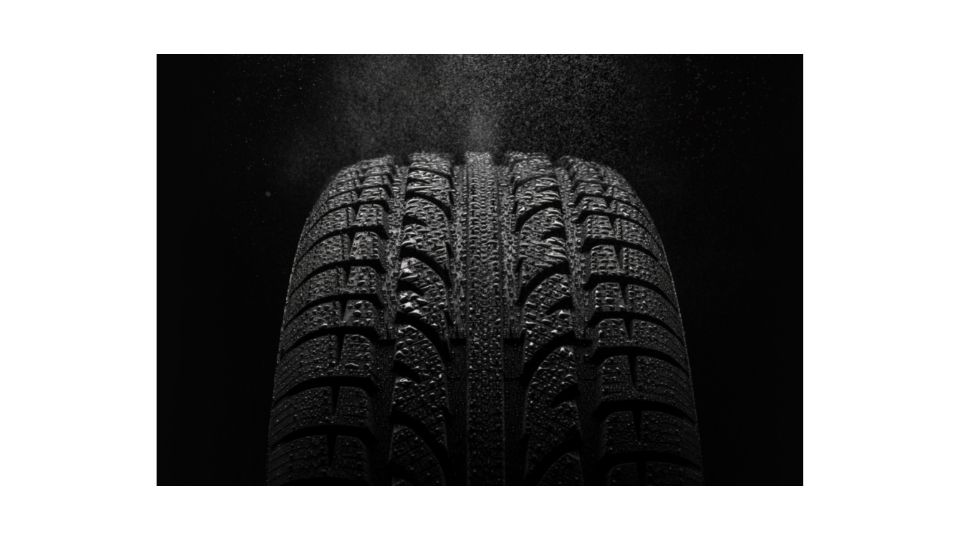Have you ever looked at bubbles in your tire and wondered what they are and why they’re there? You’re not the only one. It turns out tires get bubbles for a whole bunch of reasons. In this blog post we will tell you everything you need to know. Read on.
Why do tires get bubbles?
Tire bubbles are caused by impacts on the road. These impacts can be anything from potholes and curb strikes to curbs and rocks.
The tire is a very important part of your vehicle, and it’s important to keep it in good shape. When you hit something hard enough to cause damage to your tires, they’ll often develop bubbles.
These bubbles can range from being small and barely noticeable to large enough that they can cause serious damage to your tires if not fixed.
The best way to fix these is to have a professional take a look at them and see if there’s anything wrong with them. If there is, then they may be able to patch up your tire so that it looks like new again!
Should a tire with a bubble be replaced?
Yes. A bubbled tire should be replaced as soon as possible, before it causes an accident or other damage. Tire bubbles can be dangerous because they make the vehicle unstable and unpredictable, especially at higher speeds.
They also put you at risk for hydroplaning on wet roads, which can cause loss of control and an accident. If you see a bubble in your car’s tires, get them checked immediately by a mechanic or auto service station.
How long can you drive on a bubbled tire?
It’s best to replace a tire as soon as you notice any bubbles in it because driving with a flat is dangerous and could lead to further damage to your car or yourself if not addressed immediately. But if you have to drive on a bubbled tire, here are some tips:
- Don’t drive fast. High speeds will increase the chances of the tire failing.
- Avoid sudden stops or turns. If your car has anti-lock brakes, use them if necessary. But don’t stop or turn sharply while driving on a flat.
- Check the pressure regularly and top off as needed if you have a slow leak.
How do I stop my tires from bubbling?
Luckily, there are a few things you can do to stop your tires from bubbling. Here are some few tips to follow:
Avoid potholes: The first thing you should do is avoid driving over potholes as much as possible. This will prevent them from damaging your tires and causing leaks.
If you must drive over them, try not to go too fast or hit them too hard; otherwise, it could cause more damage than necessary.
Drive carefully: While avoiding potholes is important for preventing tire bubbles, it isn’t enough on its own. You also need to drive carefully to avoid damaging your tires even further. This means being aware of any sharp objects on the road ahead of time and avoiding hitting them at all costs.
Maintenance: It is important to remember that the tires are the only thing connecting your car to the road, so it is very important to take care of them. If you don’t take care of them properly, then you might end up in a situation where you have to replace them prematurely or even worse, have an accident because of bad tires.
Is it safe to drive with a tire bubble?
The short answer is no. A tire bubble can cause a blowout and even an accident. The only way to fix it is to replace the tire.
The longer answer is that the size of your bubble is not necessarily the best indicator of whether it’s safe or not to drive on.
A small bubble may be okay if the tire has plenty of tread left, but a large bubble may still cause a blowout if there’s not enough tread remaining to provide adequate traction against the roadway.
How much does it cost to fix a bubble in a tire?
It is pointless to consider the expense because tire bubbles cannot be corrected. The only option is to replace the tire. If you have a bubble in your tire, you should replace it immediately.
The longer you wait, the higher the risk of an accident as well as other problems caused by uneven wear on your tires. If you have any question kindly leave a comment below and we will revert back to you as soon as possible.

Robert Anderson is a world class motorhead who rebuilt his first carb at age 10, his first engine at age 15, and completed his first full hotrod build when he was just 18! Previously, he has ran a part warehouse, delivered pizzas, and managed the service department for a $20 million/year revenue dealership. Robert knows cars like few others and he is passionate about sharing his knowledge.

